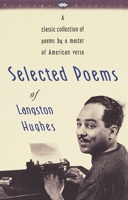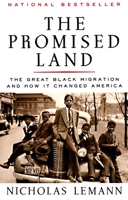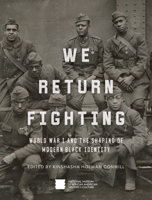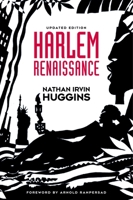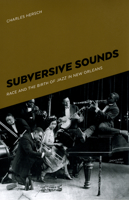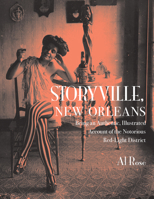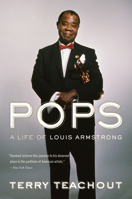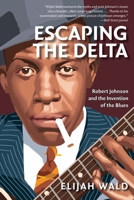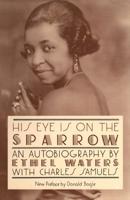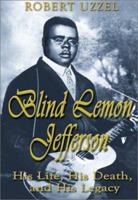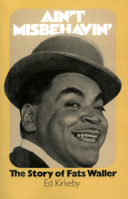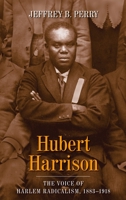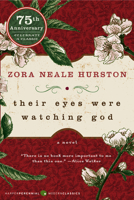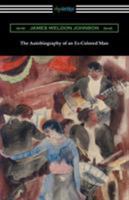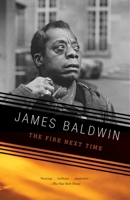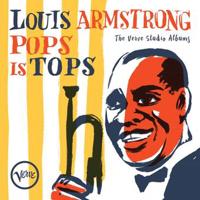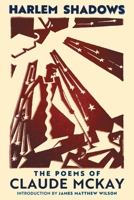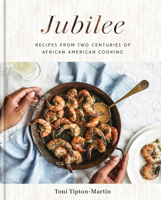The Glory of the Harlem Renaissance
By William Shelton • February 17, 2023
Langston Hughes described the experience of the Harlem Renaissance as "…to express our individual dark-skinned selves without fear or shame." It was a movement of the senses, steps quickened to the sound of Jazz and Blues, the air was redolent of food reminiscent of Carolina and the Caribbean, the mind was stimulated by new ideas, and the energy was like an electric current to a wire.
There are times when history conspires to bring forth a flowering of distinct culture, such were the events which lead to the Harlem Renaissance. The Great Migration had brought thousands of Blacks from the American South, certain that life held more opportunity for them than the drudgery and peonage of sharecropping. At the same time, World War I had exposed many Black soldiers to the culture and sophistication of Paris and London. After such experiences they would not likely be content to return to rural America where the class system was distinctly against them. The lightning rod that drew these questing souls together was the shifting demographic of a New York City neighborhood called Harlem. Originally a well-heeled enclave of white merchants who built grand homes, an opera house, and Polo field, by the early 1920s the community was dominated by a new Black middle class, and the stores, nightclubs, and churches which attended their needs. It did not take long for the residents to divide along economic lines, but there were elements which bound the Harlem population together: music, religion, food, and free-thinking.
Out of the American South came the electric sound of Jazz, mingled with the mournful, but equally stimulating, Blues. Both musical styles were a manifestation of ways of coping with the tumultuous events of the dashed promise of Emancipation, coupled with the grinding poverty that followed. When faced with such challenges one can either dance or cry. New Orleans takes credit for the birth of Jazz in, of all places, the great palaces of prostitution in the Storyville neighborhood where Jelly Roll Morton and Louis Armstrong got their start. When shifting morals caused Storyville to be shut down in 1917, the logical place to go was Harlem. The Blues started as spirituals and work songs on southern plantations, and by the 1900s their sound had risen to a wail, but still served as a release, a coping mechanism for emotions which would not be denied, but were dangerous to openly express. Famously it was at a cross-road intersection near Clarksdale, Mississippi where Robert Johnson sold his soul to the Devil for guitar lessons. Certainly, his music was inspired, be it divine, or the Hell Hounds which he was convinced pursued him from that point to his death. In the dance halls and nightclubs of Harlem one could find Ethel Waters, Duke Ellington, Blind Lemon Jefferson, and Fats Waller.
The creative blossoming of literature which took place during the Harlem Renaissance was equal to that of Florence, Italy four centuries earlier. The cultural newspaper, The Voice, set the tone for emphasizing poetry, sculpture, painting, and dance. Its founding editor, Hubert Harrison, was convinced that Black Americans had been contributing to the national body of literature and arts for much longer than credit was given them. The fiction of Zora Neale Hurston inspired readers with a new zeal for the Black experience, and the poetry of Langston Hughes shocked, fascinated, and indeed titillated with its subject matter, rhythm, and hints of "queerness." It was the feeling of acceptance encountered in Harlem during this period which inspired open expression of thought, emotion, and sound. Writers in Paris, France took up the thread of this new form of literature and continued it long after the Harlem Renaissance is judged by history to have ended. James Weldon Johnson, and later James Baldwin, are two such examples of expatriate writers who carried the torch of the movement.
The Great Depression ended the glory of the Harlem Renaissance, as the entire country was plunged again into the grim circumstances which, ironically, had inspired its creation. Only now, there were new ways of dealing with the hunger, financial uncertainty, and general fear of the morrow. An empty belly might not be filled by listening to Louis Armstrong wail on the trumpet, but it could be forgotten for a while. One could be transported away from the desolate surroundings of a hobo camp by entering the world of Claude McKay and Anne Spencer through the pages of their work. Both Black and White Americans found escape from the vicissitudes of life through the printed word, and lyrical sound, which sprang from the Harlem Renaissance.
Occasionally I have the opportunity to visit the final resting place of an all but forgotten musician of that time, Blind Lemon Jefferson, whose songs have since been covered by Bob Dylan, B.B. King, and Peter Paul and Mary, among others. His plaintive wish, recorded in the lyrics he composed, that his grave 'be kept clean' is faithfully upheld by local citizens.











